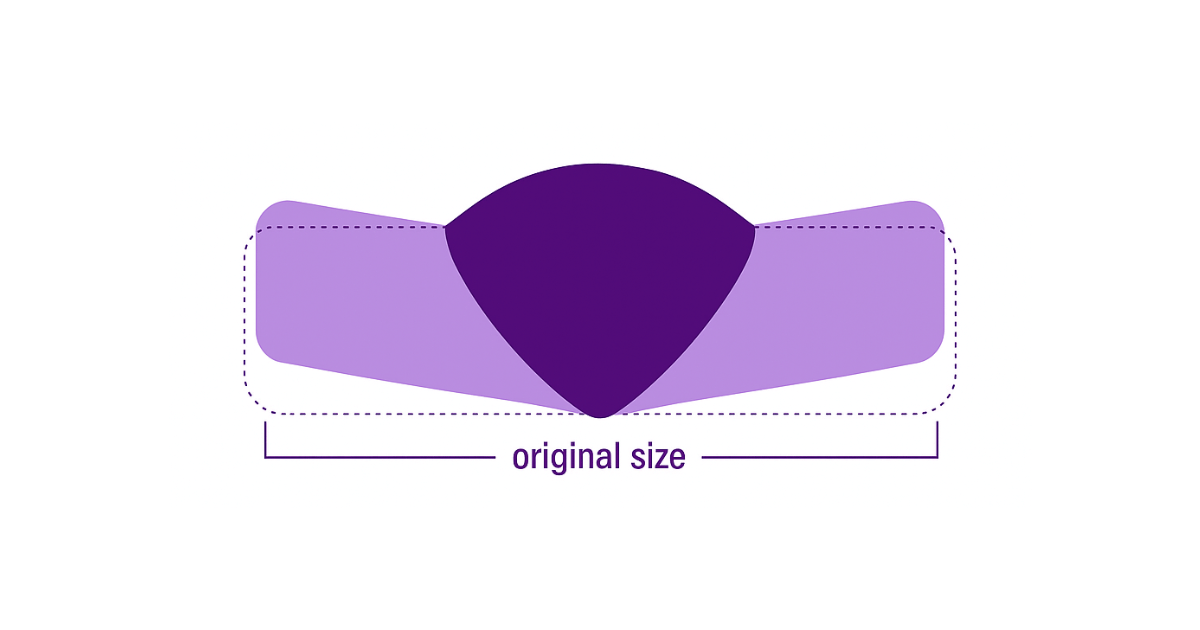A Weld Camera is designed to help welding professionals monitor the welding process on the fly. Its ultimate goal is to provide the operator with a real-time image that provides at least as much visual guidance as direct monitoring using a welding helmet.
With the right Weld Camera system, the resulting images can actually provide more information to operators than they can get from direct monitoring. These high-detail images can not only be used for immediate process adjustments; the video record can be reviewed for continuous improvement and for instruction.
To gain these advantages, selecting the best Weld Camera technology is critical because there is a wide disparity of effectiveness among the options on the market.
This isn’t a comprehensive list, but when evaluating Weld Cameras, these are 10 essential elements to consider:
- High Dynamic Range Sensor. Does the Camera have a High Dynamic Range that exceeds 140 dB? That range is roughly equal to 10,000,000: 1 contrast ratio, which is the minimum range often present between the arc and the surrounding background in normal welding applications. High Dynamic Range imaging capability allows a Weld Camera to provide high-quality images even when the arc isn’t on, helping operators to properly align the electrode/wire feed with the weld seam in pre-weld setup.
- Advanced image processing. Even with the best camera technology, a Weld Camera needs to feed into advanced image processing software to enhance the acquired images with additional clarity to make out the necessary detail in the weld process. The software’s capabilities should include image sharpening and the elimination of electrical noise.
- Global shutter. Most welding processes incorporate an arc that pulsates in brightness. A global shutter is an image-acquisition process in which the entire image is exposed and read out at one time—providing consistent image brightness across the entire image and minimizing localized artifacts that could result from variations in movement or brightness while the frame is being exposed.
- Cooling. In normal welding situations, the ambient temperature can be high, requiring additional cooling to help the Weld Camera run within specification. To appeal to all types of manufacturing environments, the Weld Camera should be able to work with both air and liquid cooling processes.
- Mounting flexibility. Due to the limitation of the space and weld setup, a Weld Camera head should be easy to mount so that the operator is able to monitor the weld scene at various angles to obtain optimal weld view.
- Remote focus control. Even the best mechanical designs require a final adjustment. Sometimes a Weld Camera gets installed in areas that are difficult to access and/or dangerous. In such cases, manually adjusting the camera focus is not practical, especially during the arc-on time. A remote focus feature can overcome this challenge, allowing the operator to adjust the focus from a remote screen.
- Video Recording. The ability to record the acquired video of the welding process and review it offline at a later time can provide numerous advantages to the fabricator, including the ability to audit a welding process for quality control, process improvement, customer retention, and operator education.
- Zoom Feature. A zoom image feature that is capable of generating a magnified field of view greatly helps users to identify small details in key areas of the weld environment, such as weld seam alignment and fit up, weld torch positioning, weld pool formation, keyhole formation, and even weldment or electrode contamination.
- Crosshairs/Targets. In many instances, production efficiency can be greatly enhanced with a graphical overlay on the video image, with a set of crosshairs or targets in a fixed position. In situations such as internal pipe cladding, for example, operators may use two sets of crosshairs to indicate the overlay distance of the weld and its minimum and maximum position.
- Auxiliary Light Source. To allow imaging of the weld environment when the arc is off, such as when setting up the position of the arc tip to the weld seam, a built-in light source is needed to provide additional lighting that can be remotely controlled. A built-in light source will help reduce the set-up times of the weld, eliminating extra effort an operator would otherwise have to make to change the lighting each time the arc is off.
To learn more about the Xiris View Camera for Open Arc Welding (XVC-O) please visit our website






